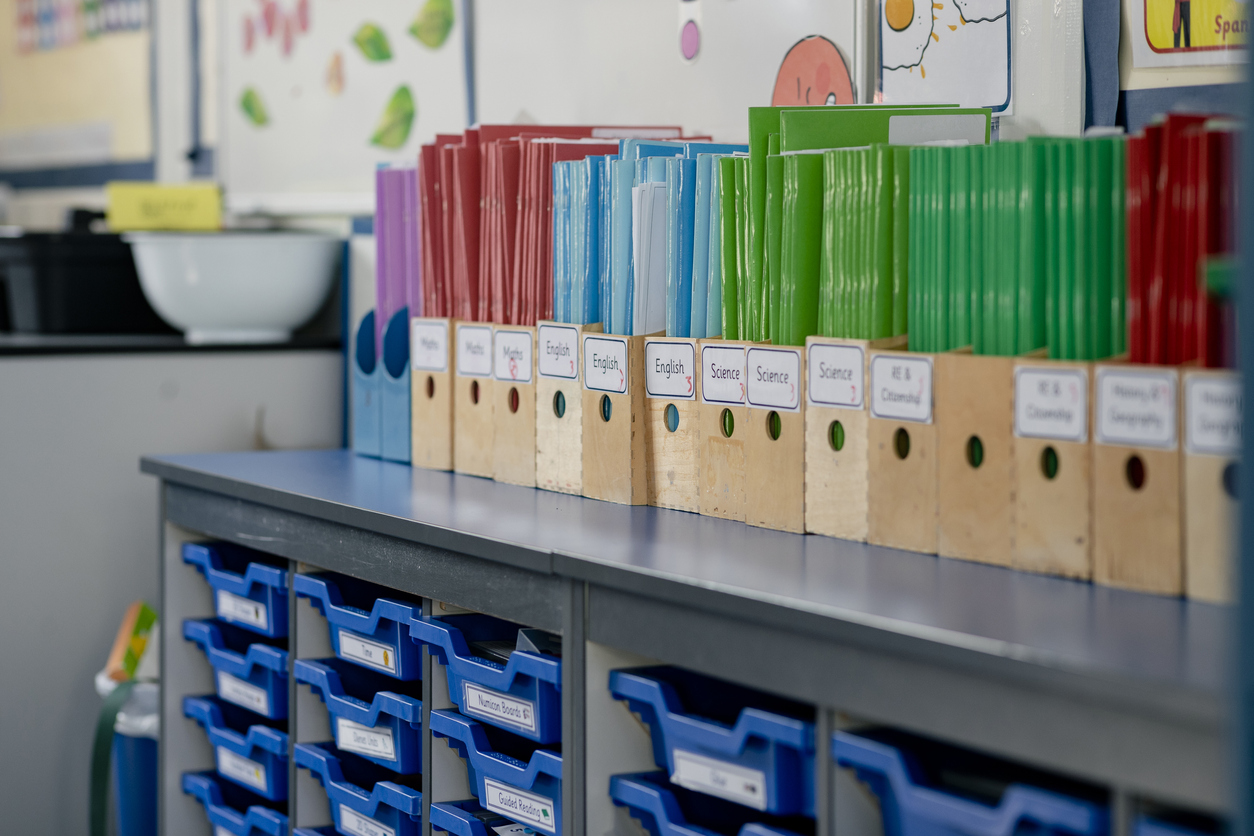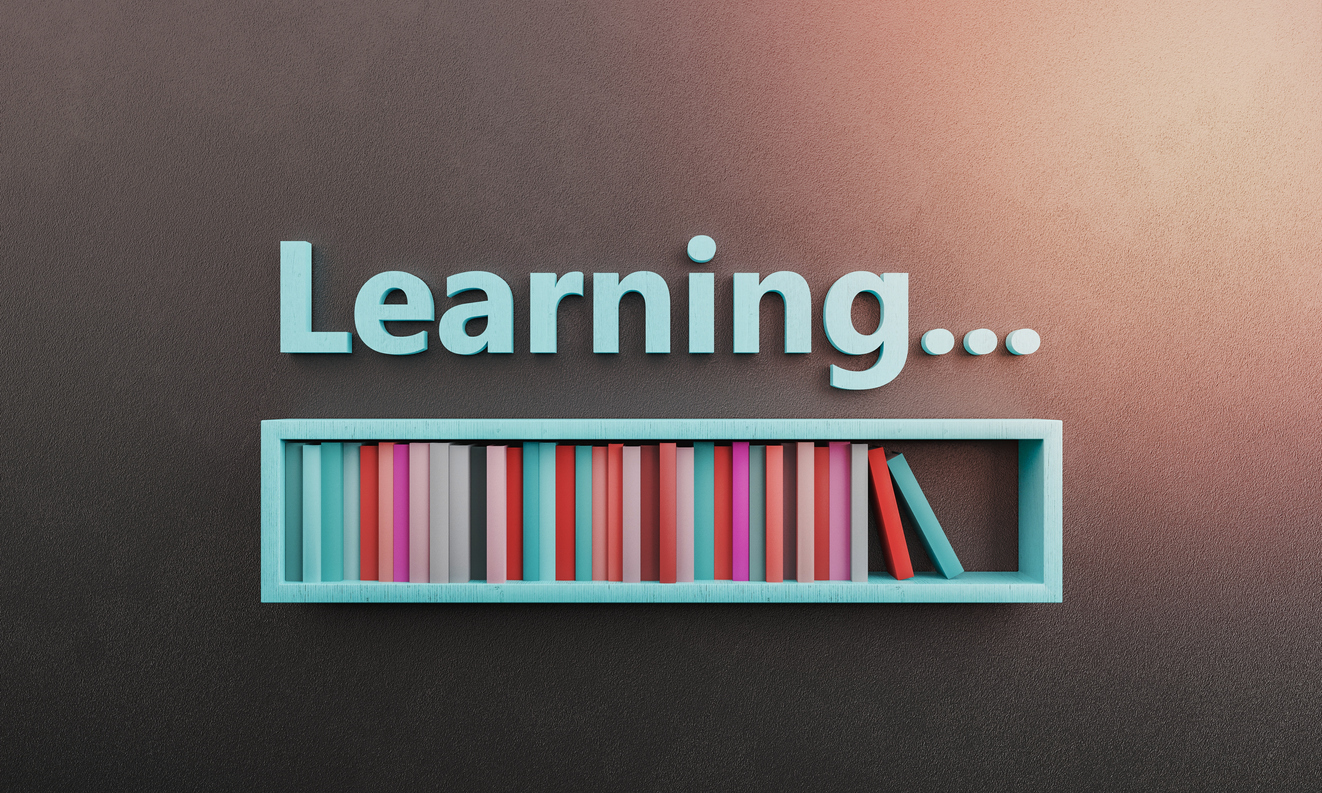
Picture it—fall semester 2008—a new social studies teacher prepares for a year of developing young students into knowledgeable and civic-minded members of society. With the first few chapters of Harry and Mary Wong’s “The First Days of School” fresh on her mind, bags of classroom décor and materials in hand, and that “new teacher twinkle” in her eye, her first objective is to create a well-managed classroom where learning happens. She is motivated. She is determined. She even has an organized and detailed syllabus stating her classroom rules and expectations!
The teacher described above was me, LaChardra McBride, and although I had the best intentions in creating the ideal classroom, the first weeks of school taught me that I had much to learn.
What Happened: Experiencing the Unexpected
There were several “knowns” related to classroom management that I intentionally prepared for at the beginning of the school year. To my dismay, there were also several “unknowns” or surprises that I had not anticipated. For example, after hearing countless teacher conversations during lunch about how students should visit the restroom between passing periods, I made sure that I encouraged my students to make any necessary “pit stops” before entering the classroom. What I did not expect was the number of students who would enter the classroom tardy after extending their restroom break past the tardy bell.
Another “known” involved writing utensils—or the lack thereof. I knew some students would come unprepared for class and ask for a writing utensil to complete their work. However, what I did not know was how to appropriately respond when four students are asking to sharpen their pencils, one student is asking for a pen, and a couple of others are walking in tandem towards the pencil cup without permission—with all this occurring during the engagement phase of my lesson.
I knew students would ask to visit the restroom during instruction, but had yet to learn that one request would lead to more requests from nearly a third of the class.
Finally, I knew that classroom activities and tasks would sometimes involve students using different materials but was not aware of how often slips of paper, broken colored pencils, and uncapped markers would adorn the classroom floor, especially around the time students would be dismissed to transition to their next class or homes.

What Didn’t Work: Searching for Power
After the first few weeks of school, the “unknowns” began to outweigh the “knowns,” and I felt somewhat defeated. I had systems and routines in place, but they lacked the precision and flow that I witnessed in my mentor’s classroom or read about in classroom management how-to books. I needed help. In my temporary state of defeat, I elicited the advice of several veteran teachers, one of whom offered an immediate solution to my problems. Her response: I needed to take back my “power.” According to the veteran teacher, the most logical next step was simple—she would come into my classroom and model what effective classroom management should look like. Long story short—she “modeled” (specifically staring my students down while lecturing them on the importance of following directions), left, and nothing changed.
Now, the veteran teacher’s intentions were genuine. She truly wanted to see me flourish in the classroom, and believed her model of how a teacher should approach classroom management was an effective way to mold me into the teacher I wanted to be. Although her efforts and concern were appreciated, the approach did not work well, and I found myself even more dazed and confused. I needed better answers.
What I Learned: Power is Not the Answer
If I were to identify one important thing that the experience taught me, it is this: creating a well-managed and positive classroom environment has absolutely nothing to do with power. Power is something that people wield to gain and maintain control over others. It has no place in the classroom. Instead, establishing and modeling high expectations, developing a safe and positive classroom culture, and employing routines and procedures that foster student success should always be the goal.
But what does that look like?
With this question in mind, I began changing how I approached classroom management altogether. As I gained more knowledge and experience, I learned to adapt and modify my classroom routines and procedures to align with the needs of my students. For example:
- I employed an entry routine (“Threshold”) that helped me establish relationships with students, set the tone, and communicate clear expectations. Specifically, I used physical and verbal greetings to immediately connect with students and provided quick reminders of expectations before students entered the classroom.
- Another entry routine – I created and posted a visible list (“Five in the First Five”) of the first tasks students needed to complete within the first five minutes of class. This technique provided students with a simple process for satisfying expectations and preparing for instruction.
- To establish and maintain clear procedures for exiting the classroom, I also utilized an exit routine (“Five in the Last Five”), providing students with manageable tasks to complete before exiting the classroom.
In addition to implementing these and other strategies, I engaged in continuous learning and often sparked conversations with my mentor, department chairperson, and other teachers and leaders about best practices in classroom management and organization. More importantly, I learned the purpose and importance of modeling and practice and took advantage of every opportunity imaginable to rehearse classroom routines and procedures with my students.

What I Will Always Remember: Continually Adapt and Modify
Creating a well-managed classroom took time, patience, and plenty of practice, and there is one crucial idea I kept in mind throughout the eight years I served in the classroom: change is good. Creating a well-managed and positive classroom environment sometimes involves adapting to the subtle—and not-so-subtle—changes teachers encounter each year. From the sudden absence of the small table that once housed the daily warm-up to a complete move to a different classroom, some changes are necessary to ensure student success. Moreover, in making such changes, establishing and modeling high expectations, developing a safe and positive classroom culture, and employing routines and procedures that foster student success must always be the goal.
Set yourself up for success this school year!
Try a free 30-day trial of Active Classroom and get access to hundreds of activities
LaChardra “Chardra” McBride is a native Houstonian residing in Atascocita, Texas. She served as a social studies educator in grades 6-8 for a combined eight years, a district-level teacher development specialist for four years, and two years as a curriculum specialist – all within the Houston Independent School District. Chardra is currently pursuing a doctorate in Organizational Leadership at Abilene Christian University and is one of three Partnership and Instruction Coordinators with Social Studies School Service.
